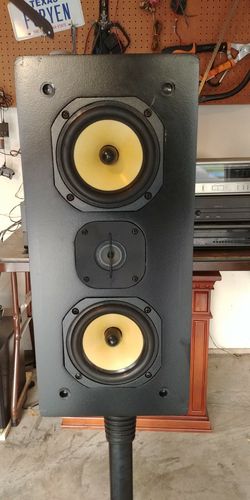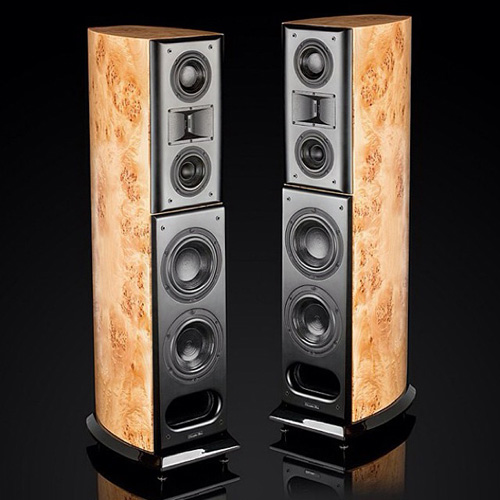I used to own a pair of the Aria 5 speaker kits back in the late 90’s.
This was back when Focal still sold raw drivers to us DIY’s.
These were probably the very first D’Appolito kits available. I built them from scratch. Not being a woodworker, my enclosures, while being acoustically sound, were not exactly the best looking. But I was actually somewhat ahead of my time, using inert tar like material (I wish I could remember what it was) with sand mixed in to coat the inside walls of the enclosure. Really deadened the box.
This Stereophile article from 1990 says the kits were $600, about $1400 today, was a bargain back then.
What I can remember about them, is, they had incredible detail. One would seriously have to spend several many times as much on a commercially available speaker to top them.
And the same goes for soundstage and imaging. Nothing in the $600-$700 range at the time even came close..
I am still a DIY’r. and today, I believe building a DIY kit yields a speaker that sounds about as good as a commercially available speaker at about 5 times the $$. Back then, I think the margin was even greater. Maybe 8 times.
These aren’t the ones I built, but they look similar.




